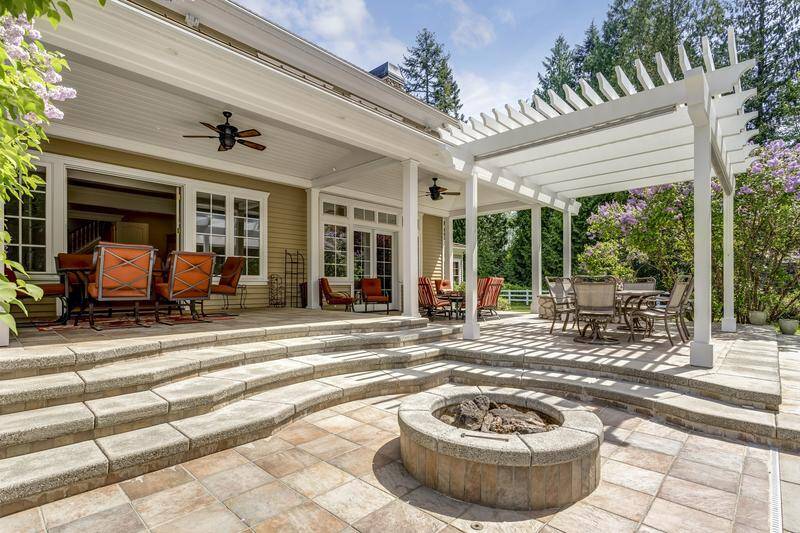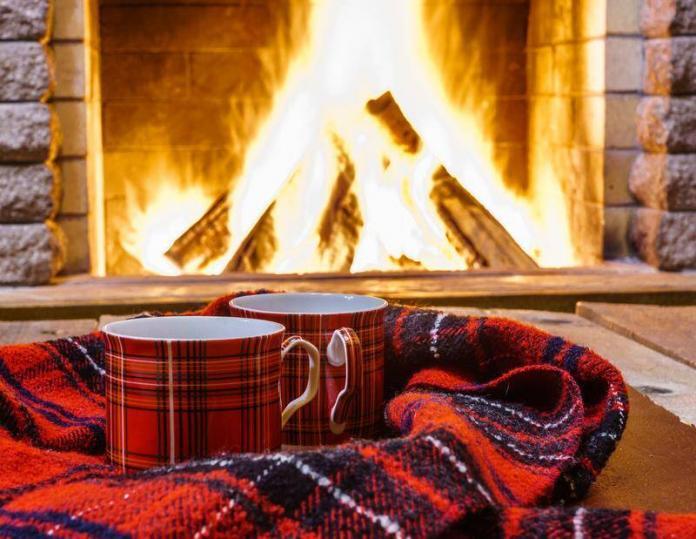Most people associate decorating with indoors, but that doesn’t mean you can’t extend this art to the outdoors. Design is something that exists everywhere and it really works to improve any space. Whether you’re doing a full redesign of your backyard or just trying to liven up the space, there’s a lot you can do.
Choosing Colors
Color is one of the most basic design elements. When choosing a color for your outdoor décor, there are a couple options to consider. To start, you might want to match your colors to those of the exterior of your house in order to maintain continuity. Another option is to use the same color schemes you use indoors. Either way there is more cohesion and your outdoor space acts as an extension of existing spaces. If you’re feeling up to the task, you can also pick a strong accent color. This should be a color that contrasts, but doesn’t clash with the existing palette. Overall, it can work to unite the space while adding a pop of color. As a final note, you should consider what colors will be visible at night, especially if you primarily use your outdoor space in the evening. These colors are usually silver, white, or pastels.
Set a Mood
After picking out the perfect colors, you should think about setting the mood in your outdoor space. This process begins by deciding what mood you want to set. Do you want it to be cozy? Romantic? Casual? Think about what you’ll primarily be using the space for in order to get some direction on the proper mood. One of the main ways to set the mood is with lighting, which we’ll get into more later. Another option is sound. Perhaps you’ll want to install some sort of sound system to play music. Lastly, you’ll want to consider the smells. There are plenty of scented plants you can incorporate into your space, such as lavender, jasmine, and citronella.
Create Privacy
To truly enjoy your outdoor space, you want to have some privacy. As with everything, there are plenty of options to choose from. For example, fences can be a very effective means of achieving privacy. However, some areas have specific requirements for fences so check all laws and local codes. If fencing options are limited where you live, you can grow your fence. Plant some trees or even hedges. It might take longer to get to your ideal privacy level, but it can be very effective while also visually pleasing. Another great option is to build a pergola. These structures add privacy without blocking the beauty of your backyard or garden. You can also change the level of privacy by adding curtains.
Select the Right Furniture
While comfort and style are definitely factors to keep in mind, you should primarily consider the durability of the furniture you purchase. Outdoor furniture is exposed to the elements and suffers more wear and tear than your indoor furniture. Think carefully about the materials you choose. When exposed to extreme temperatures, wood furniture may expand or contract. So, if you choose wood make sure it’s of a high quality. For optimal durability, however, many would recommend getting metal furniture. Just make sure you get options that don’t rust easily, such as stainless steel.
Lighting
As mentioned, lighting is an essential element for setting the mood, but it also plays a very functional role. There are three main types of lighting: ambient, task, and accent. Ambient lighting is what your main source of light would be. Typical options include string lights and overhead lights. Task lighting is very functional, such as lighting pathways. Task lighting can also include security lights. Lastly, there’s accent lighting. You can have a lot of fun with this one. For example, you can choose to get some spotlights and highlight certain trees or other elements in your yard. Within each of these types of lighting there are many different possibilities.
Feature Elements
While putting together your outdoor space, there are many other elements you can feature. One such element is water. Including a water feature in your outdoor space can create a very calm ambience. You can achieve this through pools, ponds, or fountains. Adding fountains also incorporate relaxing sounds. If you’re looking for something unusual or daring to add to your yard, then maybe you could get a sculpture or two. Sculptures are often too large for indoor spaces which makes outdoors the perfect spot. Plus, you can add a point of interest that can even anchor your design.
Think Functionally
Often, decorating is mainly seen as a visual element without much functionality. However, there are ways you can approach your design with both a visual appeal and a functional plan. For example, you can include an outdoor kitchen. This involves many new aspects to design, but it also gives your outdoor space some more purpose. If a kitchen is too ambitious, you can think about adding a firepit. These can be found in a variety of styles and they can also act as a focal point for your design.
Accessorize
Once you have all your base elements in place, it’s time to accessorize! There are lots of little touches to include. First and foremost, make use of potted plants in your space. You can get really creative with how to display them. Put together a good mix of flowers, leafy plants, and even small trees. You can have little pots on tables or large standing vases. Some people even do hanging pot gardens. In addition to plants, you can find other accessories to liven up the space. Get some outdoor throw pillows for comfort and a pop of color. Maybe you could hang some windchimes or other outdoor décor. This is your chance to make your space your own.
There are many basic elements involved in decorating your outdoor space, but that doesn’t mean you’re limited. Be sure to always make your space personal. Add your own style and your own flair to make it into something you will enjoy for a long time.
Read this next: Ideas for Decorating Windows and Around Them







